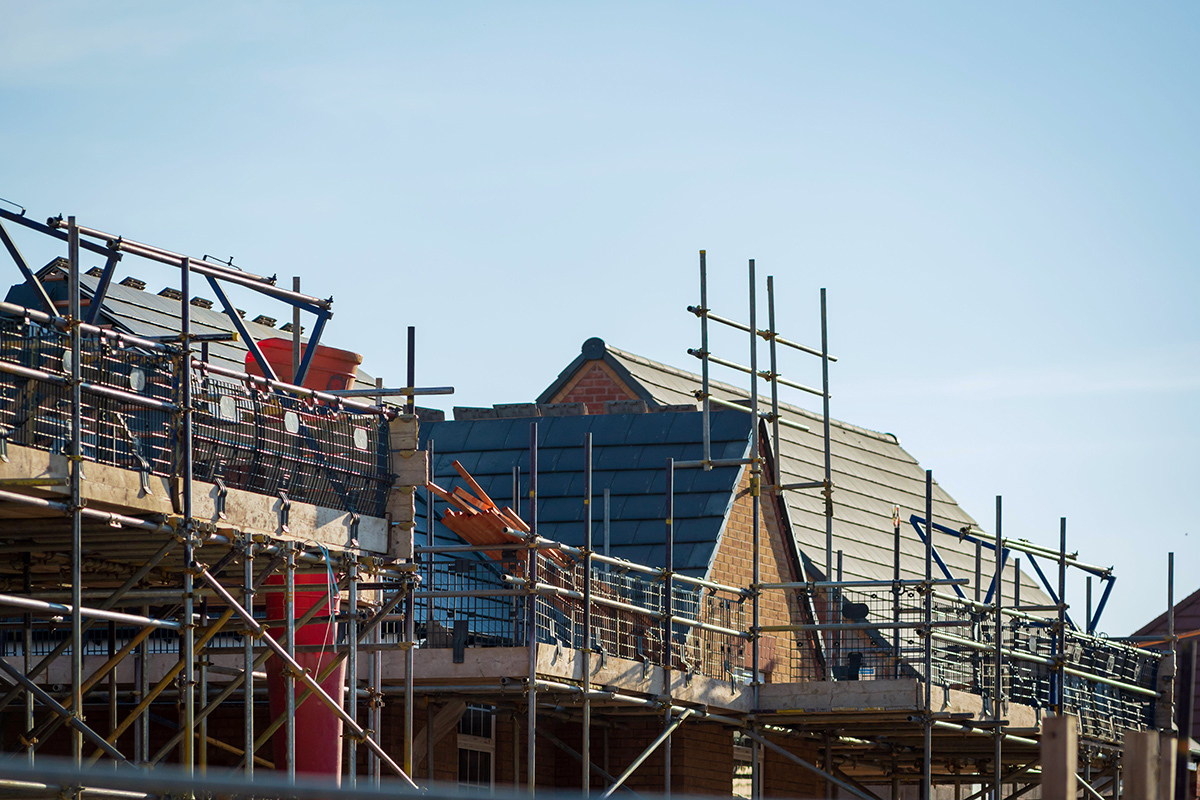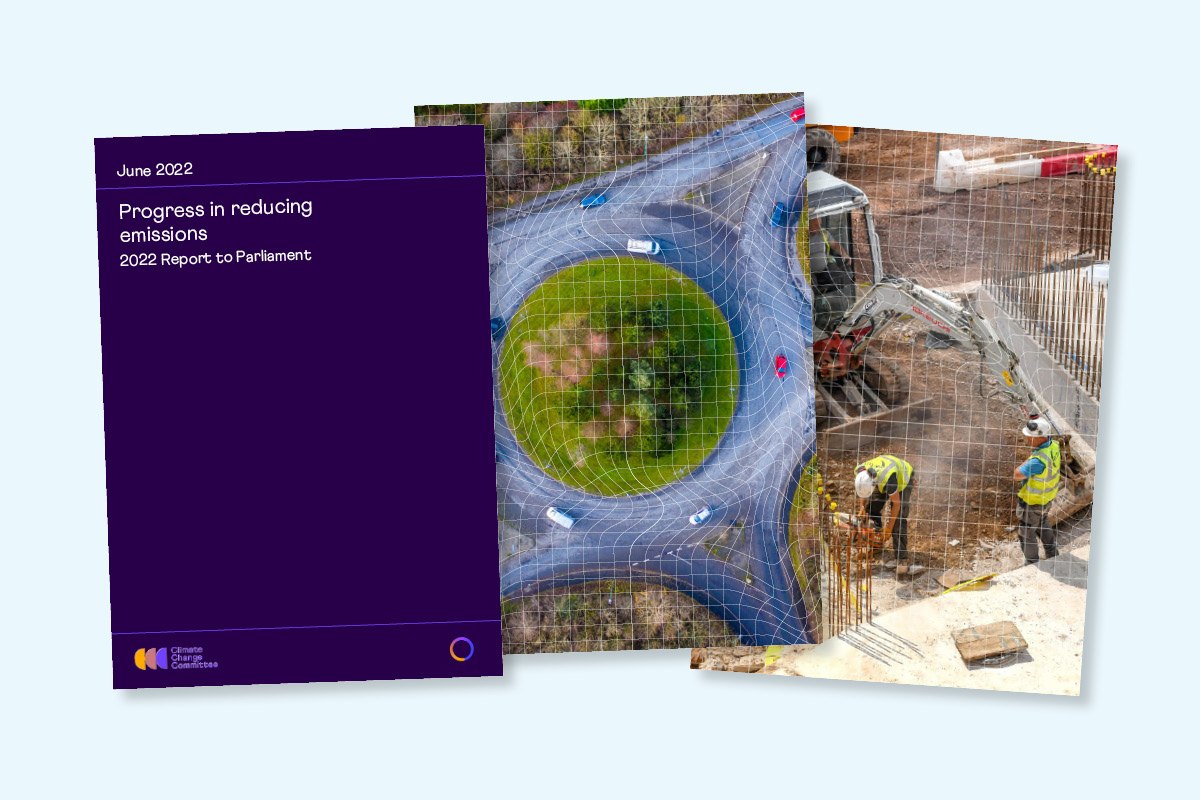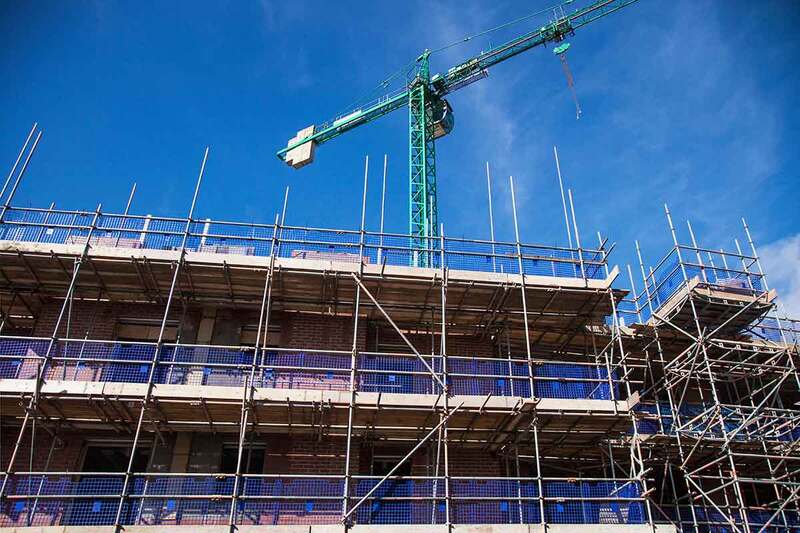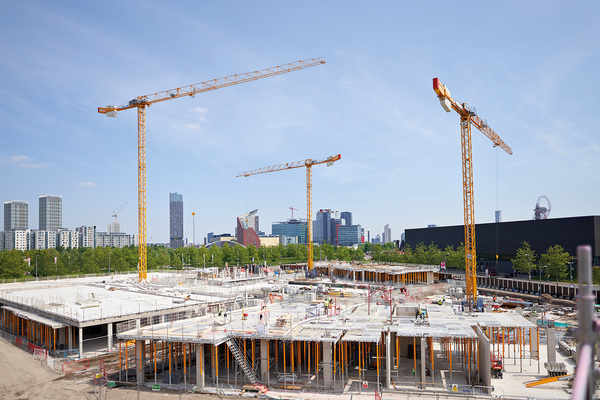What impact is the Future Homes Standard having on working towards reducing carbon emissions?
An Inside Housing survey, in association with H+H, looks at how the sector is progressing towards the Future Homes Standard, where new homes in England must hit lower carbon emissions targets by 2025
In association with:

The requirements of the government’s Future Homes Standard are clear: for all new homes to produce 75% to 80% less carbon emissions than previous standards. The idea is that, from 2025, every new home built in England should meet the strictures of the standard.
But Inside Housing’s latest survey, run in association with aircrete product manufacturer H+H, suggests that adhering to the standard is already on the agendas of many social landlords and other developers.
Although the interim standard has already started, and we are only three years from the implementation of the full standard, respondents at councils, housing associations and other developers are mixed in their preparations for 2025. Less than half are at an “advanced” or “very advanced” stage in planning for the 2025 standard, and 13% said their plans are in the early stages of development.
John Churchett, director of building solutions at H+H, says that chimes with conversations he and colleagues are having with clients. “Most are saying that they’re going to bypass the interim and go straight to the full Future Homes Standard,” he reports.
Potential challenges ahead
Which is not to say that reaching that 75% to 80% reduction in emissions required is necessarily going to be an easy path.
Of the 71 people who responded to our survey – all of whom work for organisations that develop new build properties – over half (58%) expect it to be somewhat challenging for their organisation to meet the Future Homes Standard.
Some 15% went as far as to predict it will be “very challenging”, saying they are extremely concerned about the ease with which it will be possible to meet it.
Many of those sharing opinions are at senior levels within their organisations: 23% are at director level and 13% said they are on the board. Four of our respondents are in a chief executive or managing director post.
However, they are not only concerned about the ease with which their own organisations will be able to comply with 2025 requirements.
Our respondents are also worried about the ease with which the social housing sector as a whole is likely to be able to meet the standard. Here, 35% said they expect it to be very challenging and 51% said they think it will be at least somewhat challenging.
So what are the precise obstacles causing most concern?
Perhaps unsurprisingly in the current climate, cost tops the list. It is named by more than half of respondents as the biggest barrier in meeting the standard. Around 15%, meanwhile, fear that there is insufficient technical understanding to create new homes with the low level of carbon emissions required. A further 12% fear that there is a lack of expertise, with some specifically pointing to issues over staffing and contractors.
One respondent, a housing association director working in planning and regeneration, stated: “Costs are high already and still rising, which may result in delays to the introduction of energy-efficient measures in the timescales set for the Future Homes Standard.”
The individual expressed hope that “the uncertainty in the construction market is not used as an excuse to revert to previous approaches”.
Some continuity
For Mr Churchett, the key worry house builders have in thinking about the Future Homes Standard is whether “a large step change” will be needed to be able to meet its requirements. And he suggests that, in some areas
at least, the answer is “no”.
“As far as our product is concerned, there’s no difference [between what is needed to meet the Future Homes Standard and what is needed to meet current regulations]. For the wall element of a build, there is probably no difference in cost and the build method is the same, so the cost increase is not generally in the fabric of the building.”
Indeed, when we asked our respondents about two specific aspects of meeting the standard, the one that is causing the biggest concern is clear. Some 65% said using low-carbon heating systems is more of a challenge than meeting new standards for construction and for the likes of walls, floors and roofs. From 2025, new homes will not be able to connect to the gas grid.
On heating systems, too, it seems much of the concern is about costs, availability and expertise. One construction and technical development director at a housing association, for instance, told us about real worries about the heat pump supply chain.
In numbers
58%
Respondents who expect it to be somewhat challenging for their organisation to meet standard
35%
Expect it to be challenging for the sector as a whole to meet standard
65%
Said using low-carbon heating is more of a challenge than meeting new standards for construction
58%
Stated they “strongly agree” or “agree” that the standard doesn’t do enough
Maintenance issue
There were also questions over how well equipped organisations are to maintain low-carbon heating systems such as heat pumps.
“The current DLO [direct labour organisation; the in-house repairs team] and contractors have no training in maintaining the new technologies that are having to be installed,” reported one respondent, who works at a local authority.
It is a point echoed and reinforced by another respondent, who said: “Council asset management teams are not set up to effectively manage nearly zero-carbon new builds.” This, the individual said, means in turn that those who will be living in these new homes are unlikely to get the best out of them.
The respondent continued: “Council tenant and leaseholder teams need training/expertise on how to deal with issues relating to nearly zero-carbon housing, such as low-carbon and clean heating systems and ventilation systems.
“It’s fantastic that we are building low-carbon homes. However, if the teams responsible for managing and maintaining them aren’t up to speed and don’t have the in-house expertise or qualified repairs contractors to carry out work effectively, then these low-carbon new builds will suffer hugely during the ‘in-use’ stage.
“Low-carbon homes will fail during this if tenants aren’t set up to engage properly with the innovative heating systems and ventilation strategies.”
Given the cost of living crisis, and with the recent heatwave a reminder of the pressing nature of climate change, getting this right for tenants is clearly a key issue.
And, interestingly, among the understandable practical concerns about meeting the Future Homes Standard, there is another worry: that it is not enough. More than half (58%) of our respondents said they “strongly agree” or “agree” that the standard does not sufficiently advance social housing to net zero.
One respondent, a senior director at a contractor, concluded: “It will be a challenge to meet the standard by 2025, but it probably doesn’t go far enough.”
Sign up for our development and finance newsletter
Already have an account? Click here to manage your newsletters












